Vision Science 2015: Computer vision, human vision, and your vision
Published: October 15, 2015
When designing a machine that automatically recognizes the environment and is safe and intuitive for the human user, learning about both computer vision and human vision, together with some background information on brain science, can be fruitful. This is why human and machine-focused vision laboratories often cooperate under a single mechanical sciences department.
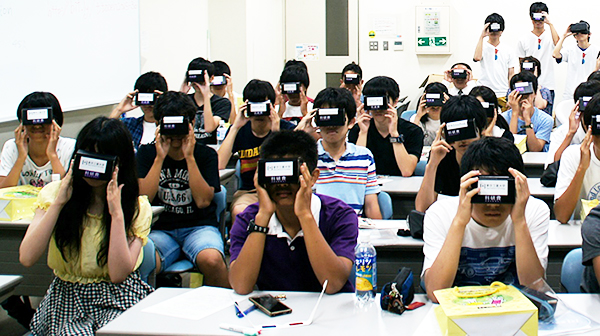
"Computer vision, human vision, and your vision" is a hands-on, across-the-laboratory lecture series for high school students held by Associate Professor Takako Yoshida and Associate Professor Masayuki Tanaka since 2014. This year's lecture, held on August 7 and 8, allowed participants to experience 3D aurora-themed movies via a virtual reality system while studying the following two academic topics:
- The human brain's perception and understanding of the 3D environment
- The creation of a safe, intuitive visual display system enabling us to see and understand 3D information
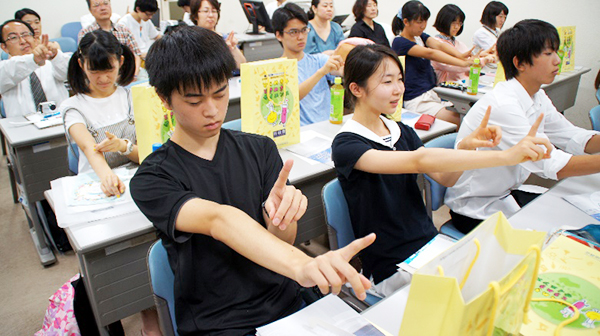
Understanding how the brain senses 3D
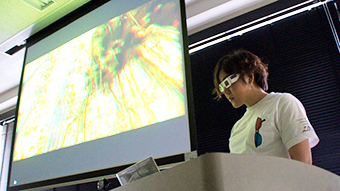
Explaining the safety of binocular stereopsis
In addition, content focused on two applications so that participants could understand how to design not only the mechanical system but also the user experience:
- Measuring object height using the 3D vision principle
- Presenting a holistic sky image via the interaction of a spatially limited visual display and human exploratory head movements
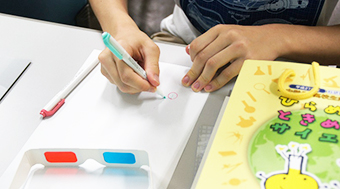
Creating a stereoscopic image for red and cyan anaglyph glasses
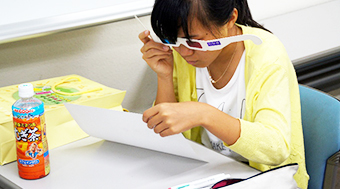
Testing to see if the image is stereoscopic
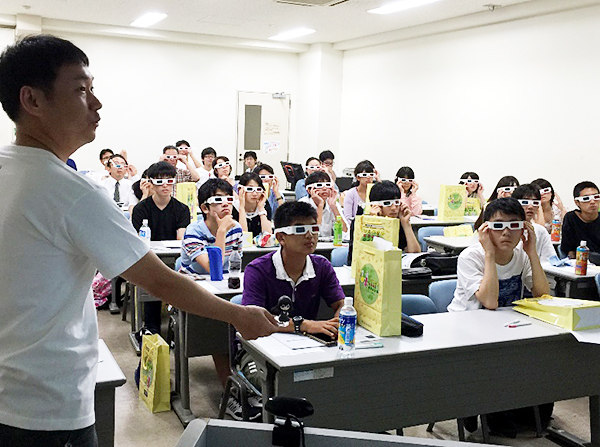
Demonstrating a moving 3D image in real time
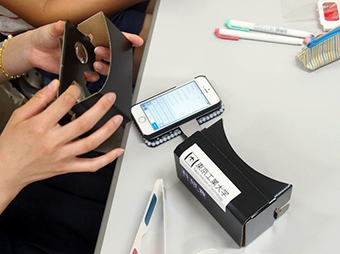
Simple virtual reality device made of (Luklas) cardboard box
When using a 2D display, the 3D image experience is a subjective one for each brain and body. To better understand the kind of experience that was coming, participants were first provided with red and cyan anaglyph glasses and pen and paper so they could create and test out the stereoscopic effect themselves. Simple goggles were then transformed into head-mounted displays with the help of a smartphone. Everyone was able to perceive the 3D experience through their own senses. They were also able to take the devices home to share the experience with family and friends.
Both science and liberal arts students reportedly enjoyed the experience, and for the promoters, it was fun to share state-of-the-art ideas and skills across laboratories.
DIY instructions for the real-time 3D experience are available online .
.
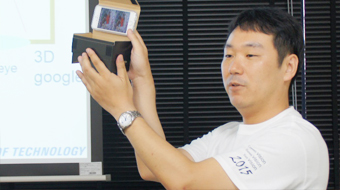
With the help of a smartphone...
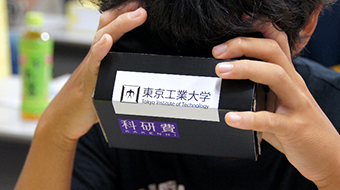
...simple goggles transform into a head-mounted display
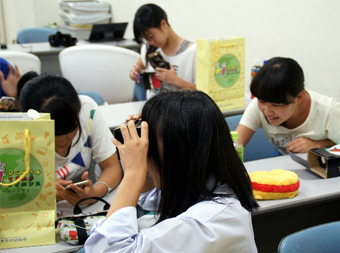
Downloading content on the Internet
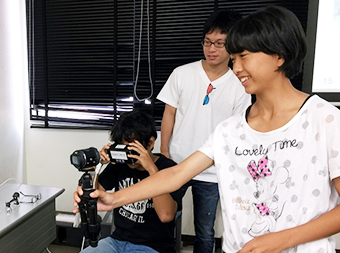
Connecting a camera and a PC makes
a real-time stereoscopic video device
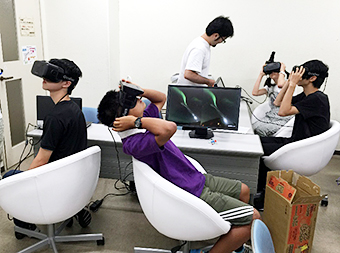
Experiencing real head-mounted displays
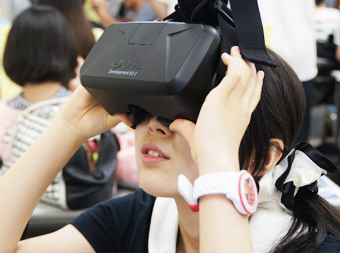
Watching an aurora-themed movie
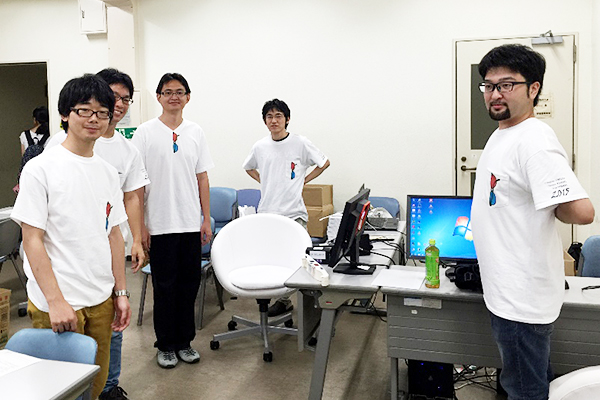
Staff sporting their themed T-shirts
. Any information published on this site will be valid in relation to Science Tokyo.
















